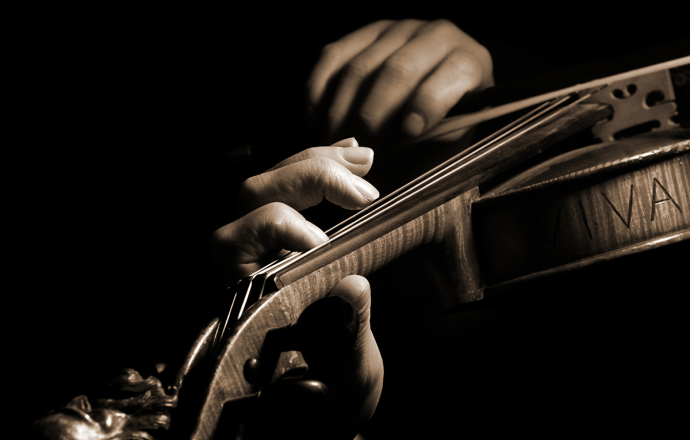“At the heart of repair is restoration. At the heart of restoration is conservation.” JB
Just a handful of words. Two short sentences in fact, and yet they are my absolute mantra. Caring is very important when protecting these fine instruments for the next generation.
The most beautiful and probably the most famous instruments we know of today were made in the 18th century.
They have survived due to the careful approach and handling of those few restorers who have been lucky enough to work on them.
I hesitate in using the word ‘valuable’ because monetary value can influence how people feel about ‘less’ valuable instruments, and they are also worthy of my little mantra.
However ‘value’ in terms of how we judge them is slightly different and their historical importance is second to none in helping us understand how to produce the best possible string instruments today.
I think we would agree that the most accomplished makers, whether from the 18th century or the 21st century are celebrated, their instruments showcased to audiences worldwide. Played and listened to with real passion.
But as they are all working objects, pushed to the limits often, they must still be respected at all times, and cared for by the restorers of our generation. My mantra. We must work together in enhancing their working lives and securing their future. We are custodians after all.
Do you remember when you first encountered a violin, viola or cello?
It may have been seeing a relative play or it may be when you were at school, or perhaps at a concert.
An advert maybe or on line, or on that old fashioned thing called a television?! You know one when you see one but look a little closer, there’s so much to discover.
These instruments are works of art as well as tools. They combine the most extraordinary qualities of a Monet and a Lark! They look aesthetically beautiful, the shape is easily recognizable and the colours are distinctive.
And whilst looking at it, don’t forget to listen. The sound is unforgettable. Some players/listeners can instantly recognise a specific violin by its sound.
Many players also produce a unique sound all of their own. Combine the two and this all leads to one thing, an individual creating their own amazing voice.
Multiply that by four and you have a distinctive quartet, or multiply again and you have a powerful but tonally recognisable orchestra.
I’m pretty sure we will all have heard the sound of a string instrument before even seeing one and knowing what it is. Even now I am amazed at how much music filters into our daily lives without us realising it, with players pushing through every genre. Watching a film are you aware of the soundtrack, sometimes so subtle you absorb it subconsciously? That still surprises me when I find myself listening to background music instead of the words/actions at the forefront.
And each time a player approaches me with a question or a problem to be solved, I never lose sight of the complexities of these beautiful instruments and their needs, as well as ours.
By respecting these instruments and having a ‘less is more’ approach, things like wood removal or touching up varnish become protective procedures causing minimal invasion.
My little mantra has, for years, been responsible for allowing me to think before diving in. It encourages me to evaluate in my own time. It prevents me from being hasty. It enables me to do what I do best……….care.


Leave a comment